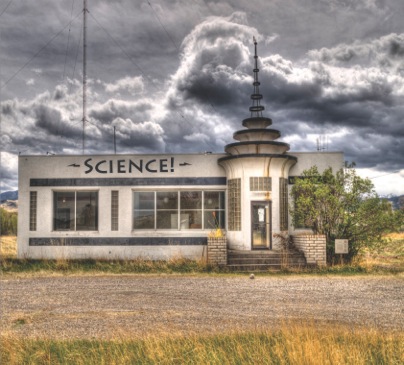When designers and content strategists team up, big things happen. The 2017 Design + Content Conference is approaching quickly, and we here at UX Booth want to help our readers attend.
As summer sneaks up, many of us are planning our getaways. If you’re looking for an inspiring, productive, and beautiful vacation spot, perhaps you’ll consider Vancouver, BC. Perhaps you’ll consider July 17-19, and perhaps you’ll consider attending the 2017 Design + Content Conference (DCC) that will be bringing together some of the world’s best designers and content strategists.
Ok, so maybe this wouldn’t be a true vacation, but attendees will absolutely walk away with some powerful ideas and inspiration. There’s a killer lineup this year at DCC, and as far as conferences go, this one gets rave reviews from big names.
Don’t just take my word for it, though—here’s what a few folks have to say about the conference:
I honestly cannot recommend this event enough if your work touches design and content.
I’m calling it: [DCC] is the new gold standard for diversity of speakers and topics.
I can’t stress enough how IMPORTANT this conference is to the tech community!
Among the speakers this year are folks from:
- The New York Times
- Microsoft
- Buzzfeed
Talks and workshops range in topic (though, as you might guess, all involving content + design), and include:
- Building messaging architectures
- Running design and content sprints (yay agile)
- Emotional intelligence in design
- Narrative design
And if the meat and potatoes of DCC isn’t enough to persuade, I think it’s worth mentioning that their big conference party will be at Science World. I mean, come on. Attend in the name of SCIENCE!

I imagine it looks a little something like this? No? Ah well. Source: Archive.org
Sign up for DCC today! UX Booth has partnered up with the DCC organizers, and we’re excited to offer our community a 10% discount on registration—just enter the promo code uxbooth when you sign up. And keep in mind that those of us in the US receive a further “discount” in that the exchange rate between USD and CAD is working in our favor. So really, there’s no reason not to go.
Seriously. Vancouver makes for a pretty fantastic getaway in July.